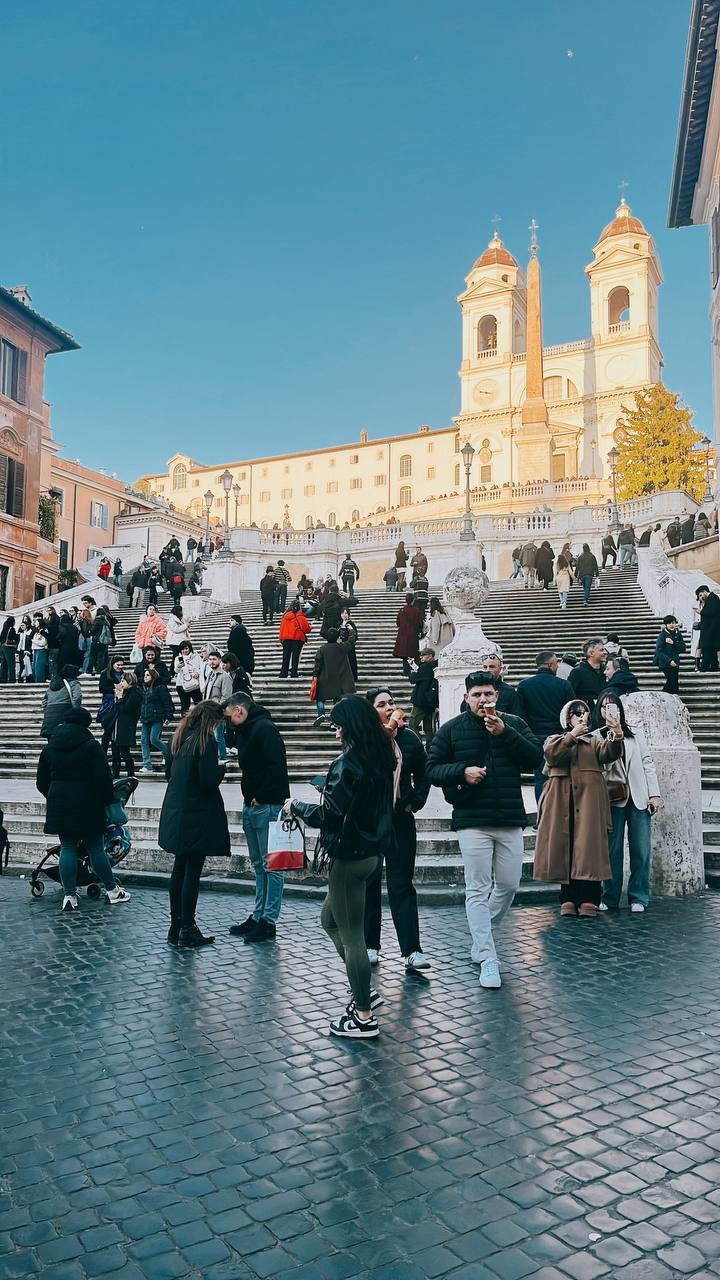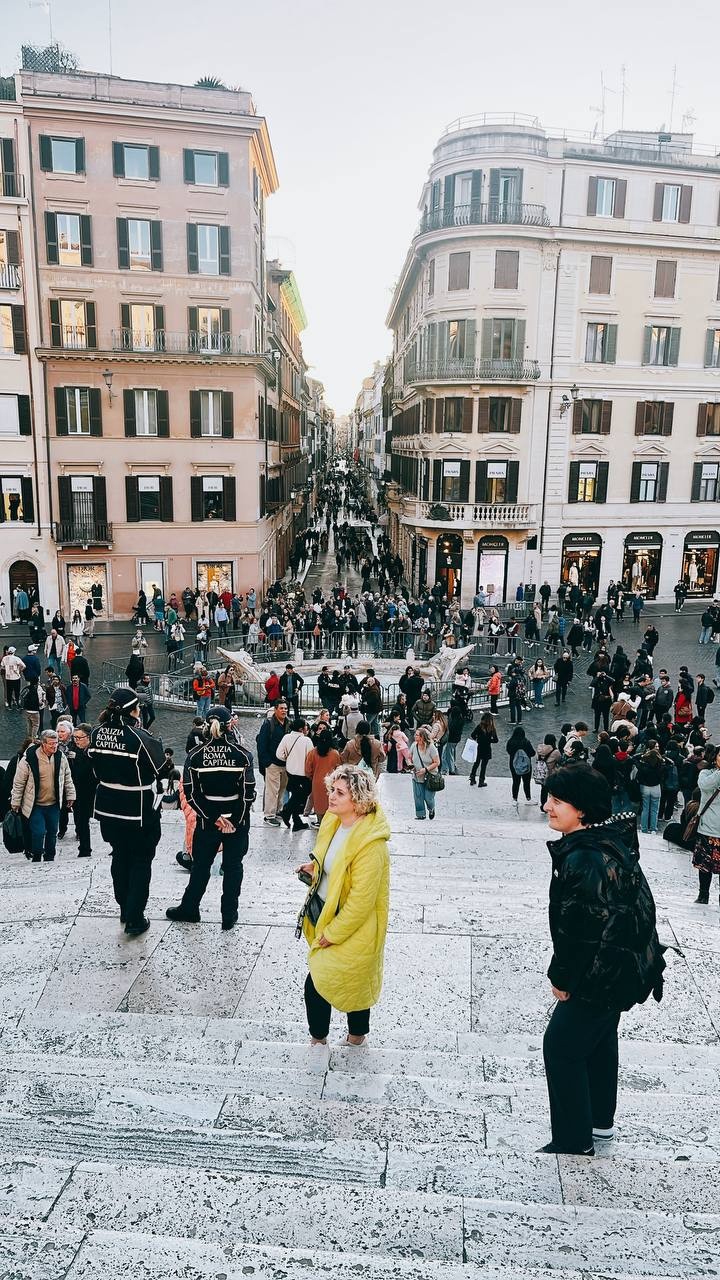Ever heard of the Spanish Steps before?
If you haven't, you might make the assumption that the Spanish Steps can be found somewhere in Spain due to its name. Believe it or not, that's not exactly the case.
The Spanish Steps can actually be found in Rome, Italy, and it is one of the Italian capital's well-known destinations. It has a grand total of 135 steps as well as three terraces. But how exactly did a set of steps in Rome end up being known as the Spanish Steps?

The History of the Spanish Steps
To start with, Spanish Steps is not the official name given to these steps. The official name happens to be Scalinata della Trinità dei Monti. These 135 steps connect Piazza di Spagna, which can be found at its base, to the Trinita dei Monti, a French monastery church.
The staircase was not funded by an Italian or Spaniard despite its nickname and its location. Instead, it was commissioned by a French diplomat named Étienne Gueffier. It said that the French wanted a symbolic connection of sorts between France and Spain as represented by Piazza di Spagna and Trinità dei Monti.
Related Article : What Are the 5 Must-See Sights in Italy for First-Time Visitors?
The Spanish Connection
So what does this have to do with how the Spanish Steps got its well-known nickname? The answer lies in Piazza di Spagna.
Translated in English, Piazza di Spagna is pretty much the "Spanish Square." Piazza di Spagna got its name from the fact that the Spanish embassy to the Holy See is located in the square.
Given its location, the steps eventually became known to the public as the Spanish Steps.
What to Keep in Mind During Your Visit

As it is one of the most popular tourist attractions in Rome, do expect crowd when visiting the Spanish Steps. While it is common to find locals and travelers alike sitting on the steps, watch out for the police. This writer and her husband, along with others, were asked by police not to sit on the steps during their visit in March 2024.
While the Spanish Steps are an attraction in their own right, don't forget to explore the area. Piazza di Spagna is home to Fontana della Barcaccia, a work of sculptor Pietro Bernini. He is the father of the famed sculptor and architect Gian Lorenzo Bernini.
On the other end of the Spanish Steps, you will find the Sallustiano Obelisk. From there, you can head to Trinita dei Monti, which is a must-visit for both its interior and exterior.
This article is copyrighted by Travelers Today, the travel news leader




